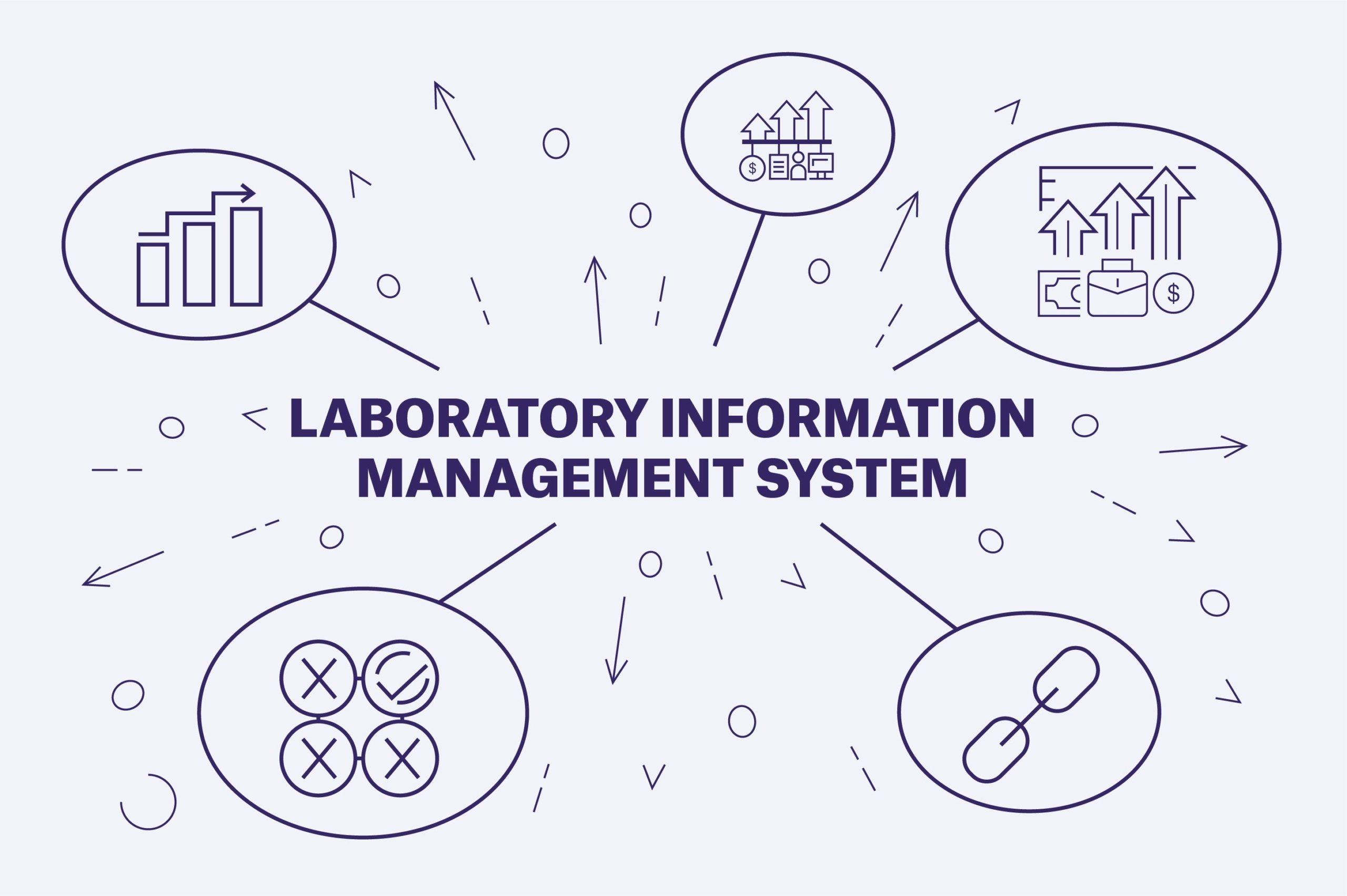
Making audit trails easier
Laboratory audits ensure that labs are compliant with industry standards, that lab practices meet required guidelines, and that the results generated are well-documented and of high-quality. If labs cannot easily access their data or show evidence supporting their quality control processes, they may be cited.
Historically, sample monitoring has been a manual process. Operations had to implement sampling protocols and utilize home-grown databases to understand sample notes, values, and results. This entire process is recorded by hand on paper or in spreadsheets. When you rely on paper-based systems to record data, everything you write down must be kept safe for later retrieval, referencing, and cross-checking results. Information is fraught with risk if the paper trail is lost or damaged. Furthermore, each instance of manual action introduces a high potential for human error, which increases even further with higher volumes of samples.
- Lost data
The most significant risk of a paper-based laboratory operation is lost data. Writing or printing data on paper is dangerous because it cannot be shared, retrieved, or easily searched and could take years before the data is archived electronically. Lost data means that scientists must repeat experiments, which costs money and time, with the added risk of previous experimental conditions no longer being available, rendering it nearly impossible to fully replicate the results. By digitizing the data using a LIMS, you reduce the risk of it getting lost, especially when using a cloud-based system. Moreover, this makes the data easier to share within the lab, as well as with colleagues in other labs and makes it searchable for easy retrieval.
- Inaccurate reporting
Data that has been archived for a long period is difficult to access and to determine if it has been compromised or if it is complete. It’s important that your long-term data meets the challenging regulatory environment in your industry. Without electronic lab notebook (ELN) software, there is ample room for human error when it comes to sampling, data collection, and maintenance of a chain of custody. Implementing an ELN greatly simplifies the process of record-keeping in the lab while providing the added benefit of allowing laboratory device integration. This makes manual data processing obsolete and allows workflows and reporting to be automated, including sample analysis and the retrieval of results.
- Illegible notes
LIMS technology provides a level of validation manual processes can’t reproduce because electronic processes record everything, including the details occurring in the background. In contrast, paper files can be error-prone, hard to read, or even completely illegible. This is especially true as scientists are prone to using acronyms and shorthand that may be unfamiliar to those accessing the files; they are also known for having poor handwriting.
In general, manually maintaining a chain of custody using a paper-based system means all documentation can rapidly become cumbersome and error-prone, particularly as the number of samples grows. This can prove inefficient, putting a strain on the laboratory environment and compromising testing accuracy.
LIMS automation for improved compliance
The value of a LIMS in meeting compliance requirements is that every LIMS automates documentation processes and even collects data on factors that go beyond the standard lifecycle.
With a LIMS, the lifecycle of each sample can be shown in detail because everything is documented in the system. Every status change associated with a sample is automatically tracked, as well as the person and location responsible for the change. Additionally, each lab can define the data required for each step of its workflow. This can include simple elements like host or source information. Ultimately, this eliminates an entire set of sample-related concerns about manual errors like inputting inaccurate information or missing data. Every action and result is logged, time-stamped, and uploaded to the LIMS.
Moreover, inventory tracking can be challenging for laboratories because of the need to manage a high level of samples in support of often complex quality requirements. What solutions are available to laboratories to meet these challenges and remain both compliant and operational?
A successful LIMS implementation allows labs in any industry and of any size to implement regular inventory tracking in ways that give them the evidence needed for compliance in a future audit. By allowing for more accurate documentation, a lab can ensure detailed protocols are followed closely during every step of the experiment and determine where, if any, error was introduced. A comprehensive LIMS can help automate sampling, testing, data collection, and data management, enforcing the sustainability of repeatable processing in a timely manner. It can also help plan and document complex experiments while also tracking the location and quantity of valuable reagents and samples required for the experiment. As such, it can flag any issues in real-time, allowing for more rapid intervention improving the quality and reproducibility of experiments, while minimizing human error.
All laboratories face internal or third-party audits, where they are held accountable for their compliance and the quality of their laboratory’s results. A LIMS system is highly beneficial from a compliance perspective because it supports the lab’s quality assurance practices. By automating traceability and promoting quality throughout all laboratory processes, multiple levels of risk are eliminated. LIMS technology will log, track, record, and report on samples and scientific data in a structured, consistent manner, ensuring a reliable chain of custody in the event of an audit.
LabTAG by GA International is a leading manufacturer of high-performance specialty labels and a supplier of identification solutions used in research and medical labs as well as healthcare institutions.